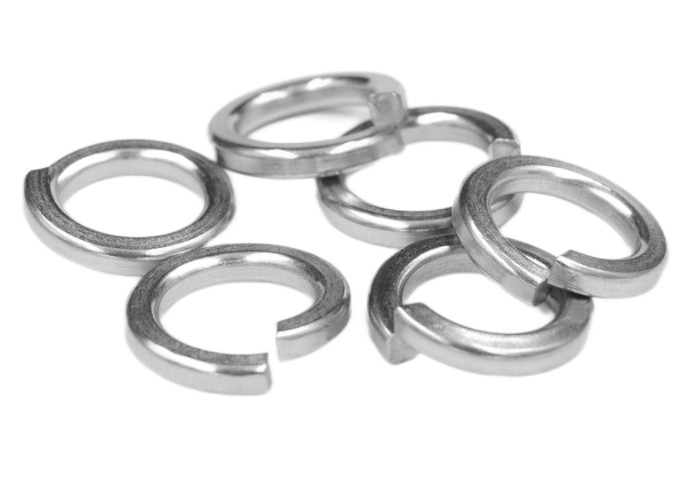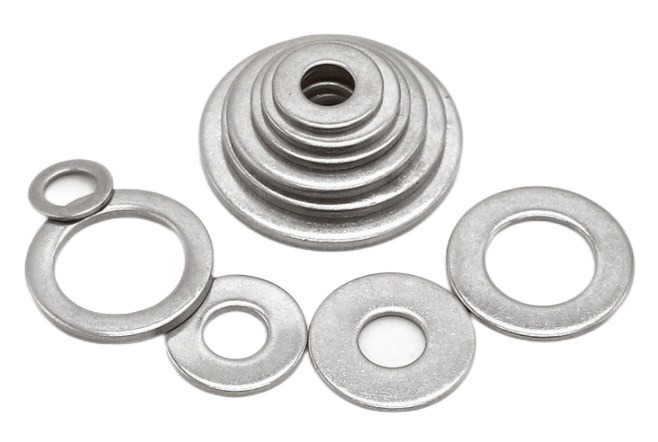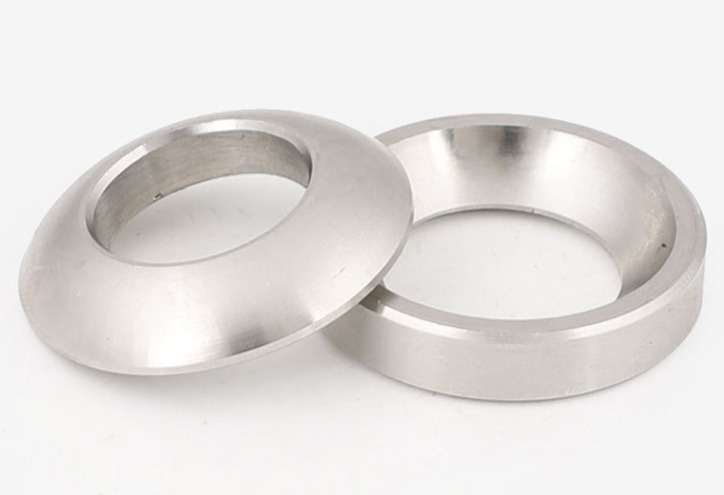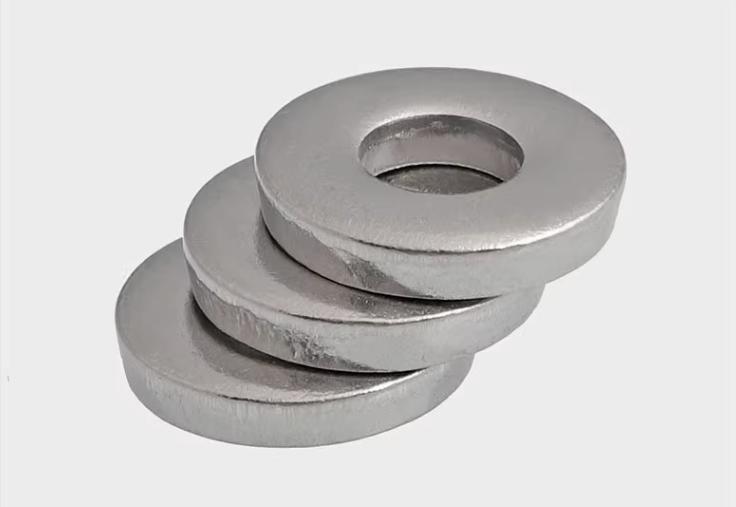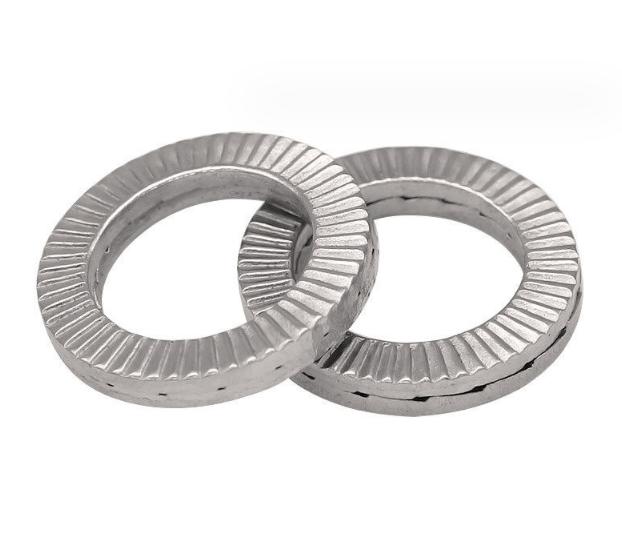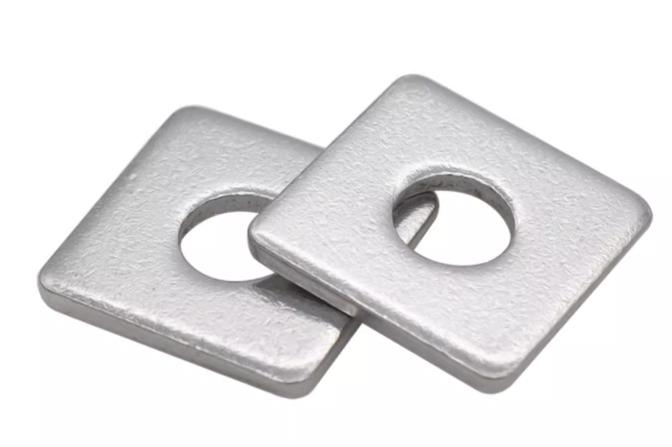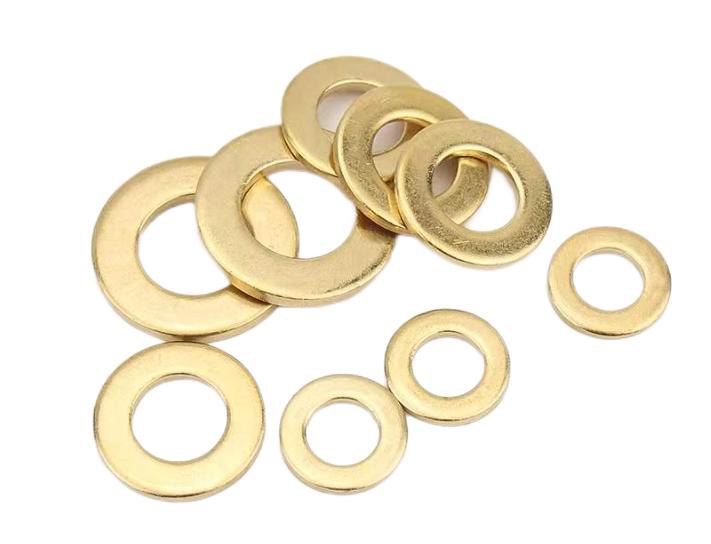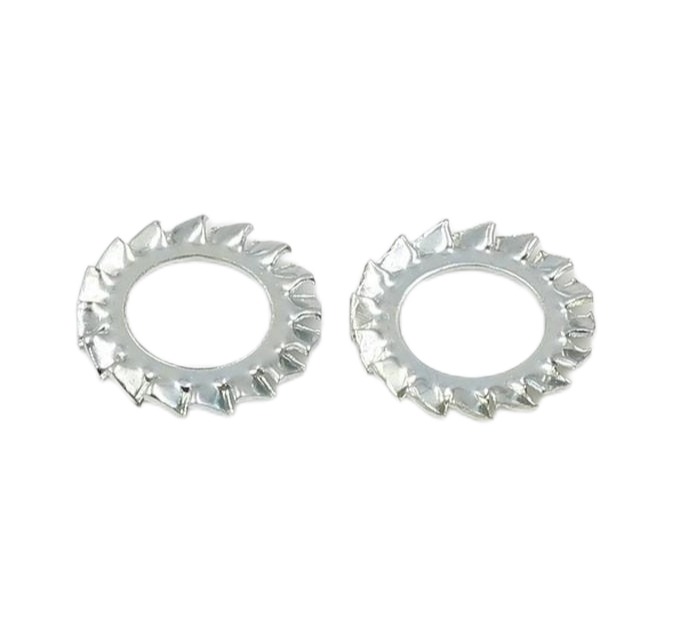Wave Washers: The Silent Heroes of Bearing Assemblies
When it comes to bearing assemblies, a small but vital component often goes unnoticed – the wave washers. These unassuming, undulating rings play a crucial role in ensuring the smooth operation and longevity of bearings. In this article, we will explore the purpose and significance of wave washers for bearings, shedding light on their silent hero status in the world of mechanical engineering.
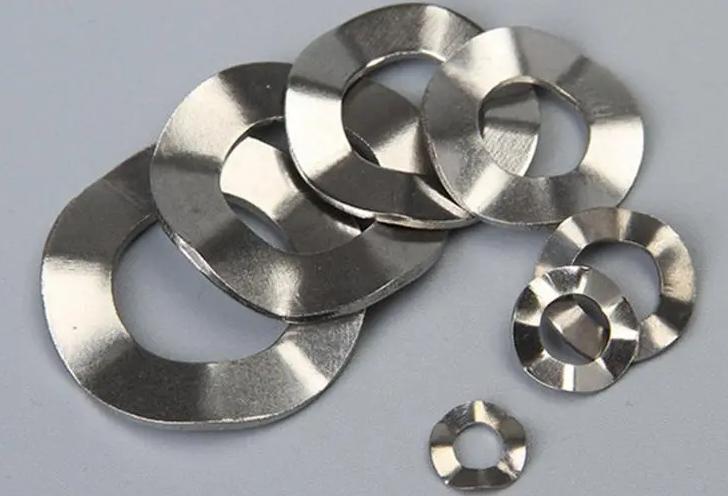
What are the Wave Washers for Bearing Assemblies?
Before delving into the specific purpose of wave washers in bearing assemblies, let’s understand what a wave washer is. Wave washers, also known as wave springs or coiled wave springs, are disc-shaped washers with a unique waveform pattern. This waveform imparts a spring-like characteristic to the washer, allowing it to compress and expand along its axis when subjected to axial loads or vibrations.
Wave washers come in various designs and materials, such as stainless steel, carbon steel, and beryllium copper, to suit diverse application requirements. However, it is their ability to provide controlled axial movement and maintain preload that makes them invaluable in bearing assemblies.
What are the Purpose of Wave Washers in Bearings?
When we talk about wave washer purpose in bearings, we need to know the essential functionality and advantages of wave washers to bearing assemblies. These unique, wavy-shaped washers serve several critical roles in ensuring the optimal performance and longevity of bearings:
1. Preloading Bearings: One of the primary functions of wave washers in bearing assemblies is to apply a controlled axial load, commonly known as preload, to the bearings. Preload is essential for eliminating internal clearance within the bearing. By minimizing clearance, wave washers ensure that the rolling elements of the bearing remain in constant contact with the raceways. This contact reduces the likelihood of play, minimizes vibrations, and enhances the bearing’s stiffness and responsiveness.
2. Compensating for Axial Play: In bearing assemblies, especially those subject to varying temperatures or dynamic loads, axial play can develop over time. Axial play refers to the movement of the bearing along its axis due to factors like thermal expansion or wear and tear. Wave washers help compensate for this axial play by applying a constant force that keeps the bearing elements snugly engaged.
3. Damping Vibrations: Bearings often experience vibrations during operation. These vibrations can lead to premature wear and reduced bearing life. Wave washers act as vibration dampeners, absorbing and dissipating energy generated by the oscillations. This damping effect not only protects the bearing but also contributes to the overall smoothness and quietness of the system.
4. Aligning Bearings: In situations where bearings must accommodate misalignment, wave washers play a role in maintaining proper alignment. They assist in distributing axial loads evenly across the bearing, reducing localized stress points and enhancing bearing performance.
5. Reducing Fretting Wear: Fretting wear, characterized by surface damage due to small oscillatory movements, can affect bearing longevity. Wave washers, by minimizing axial movement and play, help mitigate fretting wear, extending the service life of the bearing.
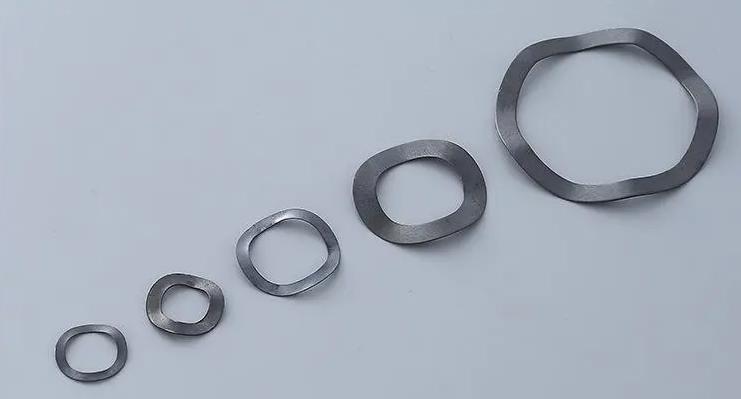
Selecting the Right Wave Washers for Bearing Assemblies
Choosing the appropriate wave washer for a specific bearing application is critical to achieving optimal performance. Consider the following factors when selecting a wave washer:
- Load Requirements: Determine the axial load requirements of your bearing assembly. Different wave washer designs and materials have varying load capacities. Ensure that the chosen wave washer can provide the necessary preload without overloading the bearing.
- Material Selection: Consider the environmental conditions and chemical exposure that the wave washer will endure. Stainless steel wave washers are corrosion-resistant and suitable for many applications, while beryllium copper offers excellent conductivity and electrical grounding properties.
- Waveform Design: The shape and thickness of the waveform on the washer can influence its compressibility and load-bearing capacity. Select a waveform design that aligns with your application’s preload and damping requirements.
- Stacking and Arrangement: In some cases, stacking multiple wave washers may be necessary to achieve the desired preload. Ensure that the arrangement of wave washers is designed to evenly distribute the load across the bearing.
- Temperature and Environmental Considerations: Evaluate the operating temperature range and environmental conditions of your application. Wave washers must maintain their performance characteristics within the specified conditions.
Conclusion
Wave washers for bearing assemblies may be small in size, but their impact on mechanical systems is enormous. They ensure proper preload, minimize axial play, dampen vibrations, and extend the life of bearings—all in a discreet, efficient manner. These silent heroes of the mechanical world deserve recognition for their vital role in maintaining the smooth and reliable operation of countless machines and devices. When selecting wave washers, it is essential to consider load requirements, material selection, waveform design, stacking, and environmental factors to ensure they fulfill their purpose effectively. In the end, the quiet contributions of wave washers keep our machinery running smoothly, day in and day out.

